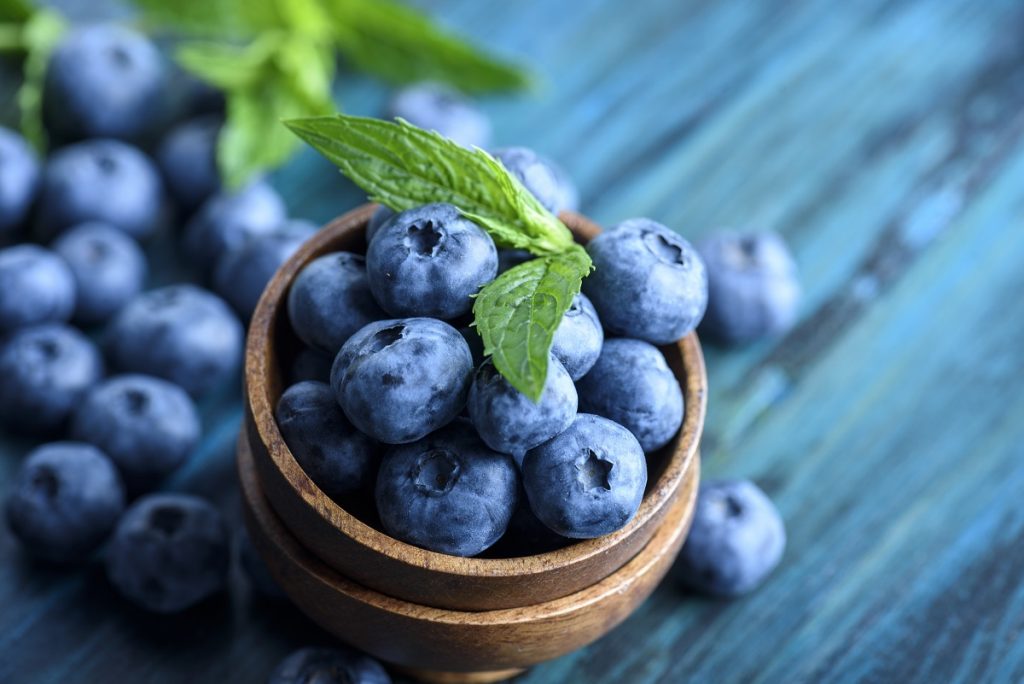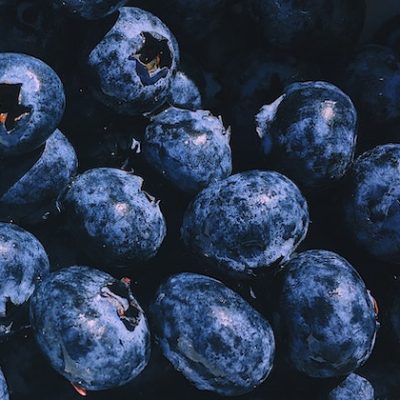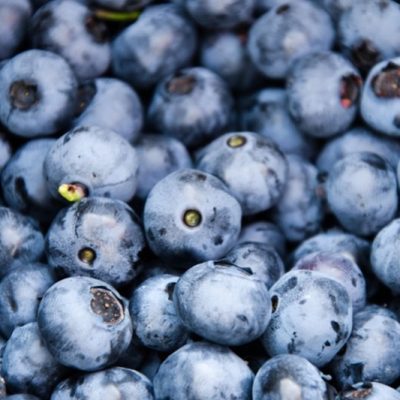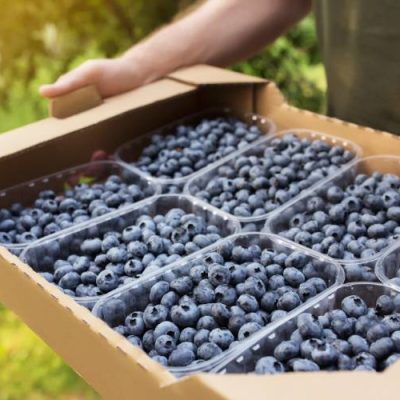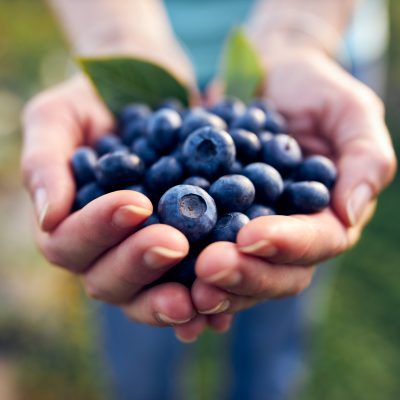Growers need strategies that allow them to maintain fruit quality despite worsening conditions
- . October 2025
Morocco’s blueberry industry continues to gain international relevance, driven by its early-season production window, rising export volumes, and adaptation to sustainable farming practices. In response to shifting market dynamics and increasingly challenging climatic conditions, the Blueberry Course 2025, taking place on 14–15 November 2025 at Hilton Taghazout Bay (Agadir), will focus on equipping growers with the technical and operational tools needed to meet global export standards.
Organized by Siham Zahidi, Head of Business Development at Green Smile, the course offers a professional certification program tailored to substrate-based and greenhouse blueberry growers, farm managers, and technicians.
“The goal is to help Moroccan growers professionalize their operations, maintain high fruit quality during long-distance exports, and adapt to the increasing demands of global markets,” Siham shares.
Export growth supported by timing and fruit quality
Morocco currently ranks among the top five blueberry exporters globally, capitalizing on a strategic early-season window and reliable access to European markets. The UK, Germany, and the Netherlands remain key destinations, with the latter serving as a re-export hub to the Middle East.
In 2024, Moroccan blueberry exports grew by over 15%, driven by rising demand for fresh, consistent, and flavorful fruit. Siham emphasizes that market diversification will be essential for continued growth:
“Opening access to China would represent a major opportunity, given its growing demand for premium fruit. With the right phytosanitary agreements, Morocco could become a year-round global supplier.”
Global demand trends: Focus on Asia and the Gulf
Global blueberry consumption is growing at 6–8% annually, with imports exceeding 1 million tonnes. In 2024, European imports rose by 32%, while Asia showed the strongest growth, led by China, Hong Kong, and South Korea (up 33%). The Gulf region is also emerging as a fast-growing, premium market.
She notes that Morocco is well-positioned to fill supply gaps in these markets, especially during the off-season for southern hemisphere growers.
Substrate cultivation: The backbone of Moroccan blueberry production
The Blueberry Course 2025 is primarily designed for substrate systems, the dominant form of greenhouse blueberry cultivation in Morocco. These systems offer greater control over root zone conditions, resource efficiency, and climate adaptation.
While fully controlled-environment agriculture is not yet widespread in Morocco, she confirms that the course supports current practices with scientifically validated improvements:
“We’re not promoting high-tech greenhouses that aren’t widely implemented here. Instead, the course helps growers optimize existing systems to achieve consistent quality and meet certification standards.”
Climate change and adaptation practices
Morocco is experiencing prolonged drought and high temperatures, now entering their seventh consecutive year, making blueberry production increasingly challenging.
Key climatic risks include heat stress on plants as blueberries prefer moderate summers. They also experience an increased irrigation demand, and there is reduced viability of off-season production.
Sahim shares that the course will cover oxidative stress mitigation techniques (heat and light-related), the use of water reserves during heatwaves, and balancing salinity with RO water systems to manage high EC conditions.
“Adaptation is now essential. Growers need strategies that allow them to maintain fruit quality despite worsening conditions.”
Focus on sustainability and traceability
Moroccan blueberry farms are increasingly certified under GlobalG.A.P., GRASP, and SMETA, with full traceability from field to consumer. She highlights that sustainability is a competitive differentiator for Moroccan exports. “Growers are implementing IPM and efficient irrigation, and now we’re integrating digital tools to support environmental responsibility and transparency.”
Digital tools and live demonstrations
A key feature of the course is a live demonstration by AgriData, which will present its digital platform for labor management. The system enables real-time workforce tracking, performance monitoring, task allocation and cost control.
“This demonstration will show how digitalization can help growers improve productivity, traceability, and financial management – factors that are increasingly critical for certification and market access.”
Comprehensive technical program
The two-day course offers sessions in French, English, and Spanish, with simultaneous interpretation to ensure accessibility for all participants. It covers the full production cycle, featuring input from international and national experts representing five countries.
Among the international speakers are Jorge Duarte from Portugal, who will address substrate management, pruning, and crop steering; Prometeo Sánchez from Mexico, focusing on fertigation strategies to optimize yield and fruit quality; and Paula del Valle from Chile, who will share expertise on post-harvest handling for long-distance shipping.
From Morocco, national experts include Said Amazouz, who will present on integrated pest and disease management; Souheil Rahioui, focusing on improving labor efficiency in field operations; and Nabil Ayoub, who will explore financial planning and data-driven decision-making through AgriData. Additionally, Sofia Rbei, representing both Morocco and Spain, will discuss market access, export logistics, and certifications.
10-22-2025
Source: Freshplaza.com



